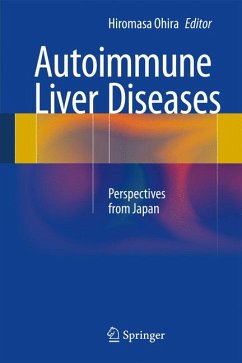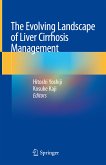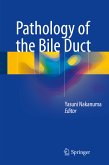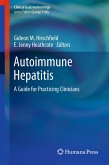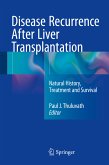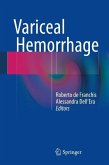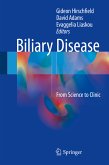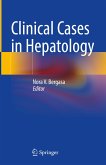AIH in Japanese patients creates a unique disease population, as its clinical features are different from those of Western patients resulting from the different genetic background of the two patient populations. Also, mouse models of neonatal thymectomy-PD-1 knockout mice, clinical analyses of acute hepatitis-like manifestations, and research findings on IgG4-related autoimmune hepatitis have been reported in Japan and are included in this book. A disease-susceptibility gene specific to Japanese PBC patients has also recently been discovered. Because of the relatively homogeneous population of Japan, analyses conducted with Japanese PBC patients have yielded findings that are highly relevant to the pathogenesis of the disease.
Furthermore, new pathological staging criteria, anti-gp210 antibodies and the basis they provide for improved accuracy of prognosis, treatment with bezafibrate, and the outcomes of living-donor liver transplantation are also presented here. This volume therefore serves as a useful resource not only for hepatologists, but also for researchers, clinical residents, and medical students both in Japan and in other countries.
Dieser Download kann aus rechtlichen Gründen nur mit Rechnungsadresse in A, B, BG, CY, CZ, D, DK, EW, E, FIN, F, GR, HR, H, IRL, I, LT, L, LR, M, NL, PL, P, R, S, SLO, SK ausgeliefert werden.

